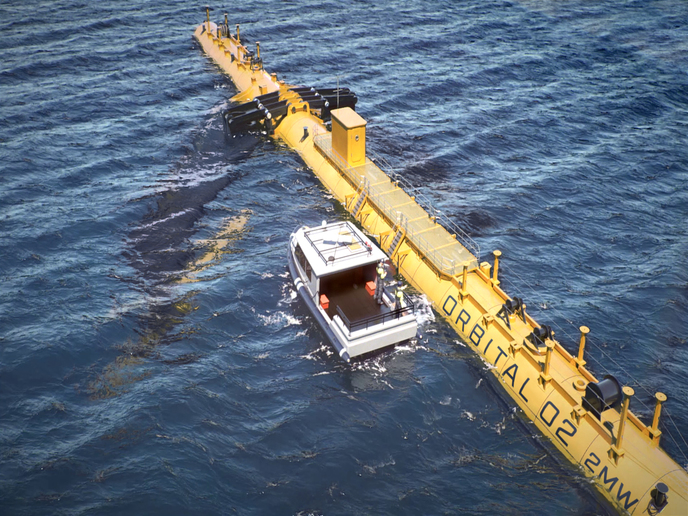Wind research gets a boost
Accelerating renewable energy deployment requires a substantial increase in installed wind power capacity. In its updated Roadmap 2010, the European Strategy Forum on Research Infrastructures (ESFRI) identified 50 new research infrastructures or major upgrades of existing ones. The EU set itself the challenge of launching the construction of 60 % of these priority European research infrastructures by 2015. The WINDSCANNER(opens in new window) (WindScanner.eu - The European windscanner facility) project was established to maintain European technological leadership in high-resolution remote sensing methodologies for full-scale real atmospheric wind and turbulence measurements. The aim is to investigate complex flow and turbulence, which create loads and cause fatigue in wind turbines and wind plants in operation. The WINDSCANNER system generates 3D detailed maps of wind conditions around both single wind turbines and across a farm covering several square kilometres. Laser-based devices called light detection and ranging (LIDARs) are used to provide data about wind conditions. The facility offers a number of important services to the scientific community. These include joint training and educational programmes for operating the WINDSCANNER system and a strategic approach for planning and implementing measurement campaigns. The first measurement campaign was prepared at a test site in Germany, with six LIDARs that operate in parallel coupled to the 3D WINDSCANNER system. WINDSCANNER will play a pivotal role in upgrading the European nodes with modern LIDAR technology. It will also help each of the European Energy Research Alliance (EERA) countries build their own national node facilities. Comprehensive databases will gather all of the wind data and provide site-specific information on wind conditions before on- and off-shore wind turbines are created. WINDSCANNER aspires to improve the modelling of local flow conditions, streamline wind turbines and reduce the costs of wind production. Once it is fully operational, WINDSCANNER technology will provide new insights into the complex wind field and turbulent features of an atmospheric boundary layer, where wind energy is being harvested. In addition, the remote sensing based meteorological measurement techniques offered by the facility will significantly increase the ability to conduct high-impact scientific research.







